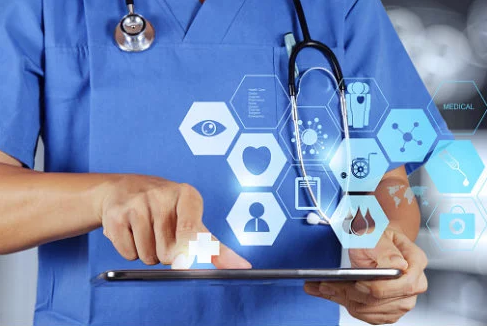As new drugs are emerging every day, it is very important to ensure that the patients get right and effective treatment. One such step can be taken from Real World Evidence (RWE). In simple words, Real World Evidence means data and information collected outside of a clinical trial. This data can be electronic medical records, medical charts or other medical claims to assess patient outcomes.
It is made sure that the patient’s identity is removed from the previous data to maintain the patient’s privacy. However, today’s real-world evidence data is acting as an obstacle in the pharmaceutical industry as it is the driver from a variety of sources which includes genomics data, sensors, wearable devices to integrate data for deep analysis.
Evolutionary Applications of RWE
In this era of advancing technologies, digital data technologies are improving healthcare to overcome challenges. It is important to extract efficient value from healthcare data and tackle the data to bring out innovative solutions. Following points will focus on innovative digital technologies to optimize RWE generation:
- RWE helps scientists to extract knowledge using scientific methods such as natural language processing (NLP), machine learning and AI. With an introduction to data science, health organizations are bidding farewell to traditional methods of analysis. Analysis through data science is now helping data scientists to easily target the right population for clinical trials, treatment protocol and provide effective treatment to those who are in need.
- RWE matters for clinical trials as their outcomes matter a lot. In the presentation on real-world evidence and patient outcomes, vice president and global head of RWE and clinical outcomes at Sanofi, Dr. Javier Jimenez discussed methods to discover, develop and deliver analytics about healthcare interventions. He examined how RWE can be used to improve outcomes. According to him, scientists should acknowledge the multi-factorial nature of health outcomes and respect the existing challenges.
- RWE helps to improve accuracy, integrate data and combine with other required data to provide a credible outcome. This helps to handle a few causal factors related to a patient, his health and his behavior.
- Jimenez also explored the conclusions of more data which comes from the patient’s end and examined some always evolving regulatory requirements. He concluded by introducing a platform that will expand the capabilities of RWE and will help to improve patient’s outcomes.
RWE compares treatments and dosage easily, helping healthcare providers select the best combination of treatment for patients. The comparison helps in cutting costs and provides insights into adverse effects and best cure.
In some cases, drugs fail to deliver the predicted efficiency because of failure on part of the patients to adhere to the requirements of the treatment. Such data can help companies set up educational programs based on segmentation data. Moreover, it can also help companies understand if any drug is ineffective and if further innovations may be needed to boost performance. This is known as Patient Adherence Study.
Payers in the sector constantly face the issue of increased healthcare cost. To make sure their budget is spent effectively, they ask for evidence. Pharma companies can make use of RWE to provide the required data and information and structure the right plan.
Food and Drug Administration (FDA) and other regulators around the world are realizing the importance of real-world evidence, and using it to monitor post-market safety of patients. Moreover, it includes the recording of adverse events which further helps them make regulatory decisions.
Future Industrial Perspective
Pharma companies strive to innovate, create and deliver the right treatments at the right time to the right patients at the right cost. RWE is widely foreseen to be one of the instruments towards achieving this. By interlinking healthcare providers, payers, patients, and other relevant stakeholders, RWE is likely to become central for establishing effective healthcare frameworks in the future.
Changing the Treatment Protocol
Beyond the potential regulatory benefits, RWE can be used today to enhance decisions about what to prescribe for particular patient cohorts. Various companies are already providing clinical decision support that gathers RWE on treatment outcomes along with genomics data to allow clinicians to assess outcomes by the patient cluster. Networks of clinicians also report the outcomes of treatments they have prescribed, ensuring that the data is constantly updated.
RWE is also of relevance to the payers, who have this data through the claims they receive. But there is growing pressure from payers to gather more outcomes-based RWE to help them determine what they should continue to pay for. Within the broader healthcare ecosystem, the emphasis is mainly on breaking down the inefficiencies and information processes between the different payers.
The goal is to streamline the process in order to support value-based care and develop new pharmaceutical and medical devices to improve outcomes and reduce costs. But for this to happen, healthcare organizations must achieve more efficient data integration to realize a true and complete view of patients and their data.
All-in-all RWE is transforming through advancements of technology to enable more accurate and structured treatment to patients.
The 2nd Annual MarketsandMarkets Real-World Data and Life Science Analytics Congress will be held on October 24th & 25th, 2019 at the DoubleTree by Hilton Boston-Downtown. To know more about the event, please visit – https://bit.ly/2Ngjq5w





